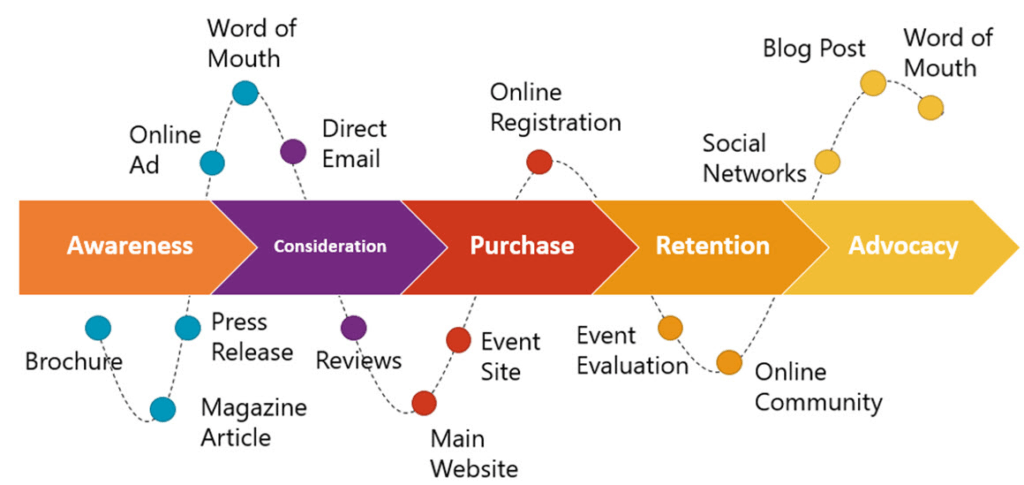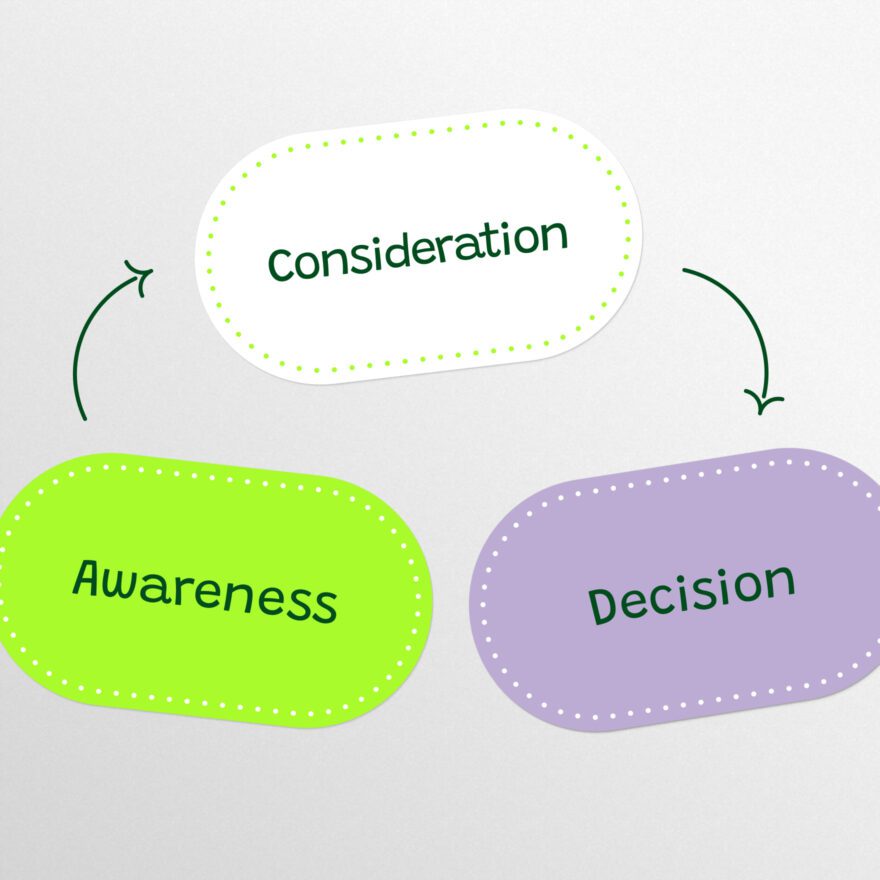Why does marketing automation fail?
When done right, marketing automation means efficient and personal service for customers. With automation, repetitive marketing processes are streamlined and the interest of target groups is maintained. Properly implemented automation can close the gap between limited resources and the ever-increasing amount of data and give tools to invest in the most promising leads at the right time. Automation helps a company to move from individual measures to constantly rotating marketing processes. However, expectations often differ from how much a company is actually willing to invest in automation. In this case, implementing automation to the marketing strategy can also disappoint. Let’s talk about the most common pitfalls of marketing automation and learn how to avoid them!

Content marketing is neglected
When we think of marketing automation, we often think of a machine that handles marketing on behalf of people. However, this is quite wrong. If automation is the engine of marketing, content is its fuel. If the role of content is neglected, the whole automation process will probably fail. Consumers respond best to brands that care about them, which is why genuine human contacts and personal messages are at the heart of effective marketing. So, if you want to get the most out of your marketing automation platform, don’t sound like a machine. Automation does not mean that humane content is neglected – on the contrary, automation is all about conveying the right message to the right people. When it’s done right, it can really help you get closer to your customers.
Companies should therefore strive to reach out to their customers on a personal level. This might sound easy, but wait until your lead database grows from five people to five thousand. Then you might need to take advantage of content targeting that is based on segmenting your audience according to their interests and preferences. In general, one size fits all -thinking is not well suited for marketing, but many still design just one message to target their whole audience. In online shopping experiences, for example, today’s users are increasingly expecting personalization. This could be anything from products and content specifically targeted to them to having a smooth dialogue with a customer service representative. Get to know your users and when one starts a conversation with you, make sure they get the most out of it.
Visitor data is not utilized enough
Before implementing any marketing automation processes, make sure you listen to your users and research their needs and wishes. What pages do they visit, what emails do they open, and what links do they click on? If you send a generic message to a diverse audience, the results will probably be unsatisfactory. The best way to avoid this is to automate messages based on how certain individuals behave and tailor the messages accordingly. A message built on the user’s own actions is likely to produce good results, simply because it is relevant to the user and feels personal.
A well-designed scoring model helps to assess user interest and commitment. The scoring model allows customers to be ranked, making it possible to direct a marketing campaign to the best possible target group. It is especially handy when you want to reach a well-defined target group, such as people interested in a particular product or service. The model makes it easy to create automations that truly meet the needs of users and to create meaningful conversation between a company and its customers.
Marketing measures do not serve business objectives
A common mistake in all marketing is that marketing measures are not linked to the company’s business objectives. When results are measured with the wrong metrics, it is also unclear to the marketer what been successful and what has not. For example, the number of clicks or site visitors is usually not the best metric when the ultimate goal is to increase sales or hire new employees.
While clicks and traffic can tell you about the success of an individual action, they don’t really help you make better decisions in order to improve your business. These metrics can be described as vanity metrics – looking at them might make the marketer feel good, but they don’t give any concrete suggestions on how things could be improved nor do they support better decision-making. Marketers should therefore ask themselves how their work contributes to the company’s performance and how the development could be measured. Our CEO Julius talked about the topic in this video (in Finnish).

Presence in the wrong channels
Users don’t really plan which channel or contact point they will use when they get in touch with a company. Consumers don’t wake up in the morning thinking “today, I’m a telephone customer” or “tomorrow I will only use email.” People simply use the channel that best suits them in a given situation, that they believe serves their needs, or that they have previously found useful. The choice of contact point might also depend on what kind of help is they need and how urgently.
Marketing and engaging the customer is more than being present in as many channels as possible (although the multichannel approach can be useful). It’s important to understand which channels customers prefer to use and where they want to communicate. Instead of multichannel or omnichannel marketing, people sometimes talk about optichannel marketing. This trendy word simply means using the optimal channel for each customer. For this to be possible, the company has to identify its target groups and their needs and be present in the right place. For one customer, the most natural way to contact a company may be telephone, for someone else it’s a chat on the company website, and for someone else it’s a social media platform.
…perhaps at the wrong time, too
If someone just subscribed to your newsletter to get a free marketing guide, you may not want to send them an email right away offering your most expensive product. In the worst-case scenario, a marketing message sent at the wrong time will push the customer away. If a customer’s first interaction with your brand makes him or her think “I didn’t ask for this,” their interest in your products and services will probably fade. The timeliness of content is important: the message should fit the stage where the customer is at the time. Perhaps the most common purchase path model is the awareness-consideration-decision model that HubSpot often emphasizes. However, depending on your business and the services offered, the purchase path can be described in a number of ways. For example, an ecommerce customer’s purchase path might look like this:

Contacts are not updated
The same contacts cannot be used indefinitely, as contact lists become obsolete over time. People’s email addresses change, their interests shift elsewhere, or they simply no longer need your products or services. Many start marketing automation with the mentality that the process can be initiated once and then be forgotten. This method does not take you very far, because at some point the messages are longer be relevant or targeted enough to everyone.
The same contact list should therefore not be used indefinitely, but the list or the “top of the funnel”, should be constantly updated. In addition, passive contacts should be deleted from the list. When there are no passive contacts distorting the results, your marketing reports will also become more accurate.
In conclusion
Marketing automation does not happen by itself. Instead, automation processes must always be maintained. Effective marketing automation requires knowing your audience, producing quality content and personal messages, as well as being present in the right channels at the right time. At best, automation creates a better experience for customers, frees up resources, and streamlines the entire business.
Want to get started in marketing automation? Contact us and we’ll help you!











